Lockheed Martin says it has demonstrated an in-flight command of an uncrewed aircraft from the cockpit of a fifth-generation fighter for the first time.
According to the company, an F-22 Raptor pilot at Nellis Air Force Base used an open interface in the cockpit to send control directions to another airborne uncrewed aircraft. The pilot employed what Lockheed Martin calls a pilot vehicle interface, which allows a single-seat fighter to task a drone through a simplified set of controls and mission prompts.
OJ Sanchez, vice president and general manager of Skunk Works, said in the company’s release “This effort represents Skunk Works driving a breakthrough in air combat capability, where single-seat aircraft command and control drones with simple and intuitive interfaces in the cockpit.” He described the interface as a flexible system intended for integration across current and future platforms.
Lockheed Martin presents the flight as part of its broader work on human machine teaming and autonomous systems linked to the F 22 and F 35 fleets. The company argues that coupling crewed fighters with autonomous drones can expand situational awareness and survivability while contributing to the US Air Force’s family of systems approach to future air combat.
The test follows several years of development and simulation focused on integrating AI enabled drones with existing fifth generation aircraft. Lockheed Martin says the latest event marks a further step in refining how a fighter pilot can direct an uncrewed asset during a mission, with the company continuing evaluations to support the Air Force’s longer term concepts for distributed and cooperative air operations.


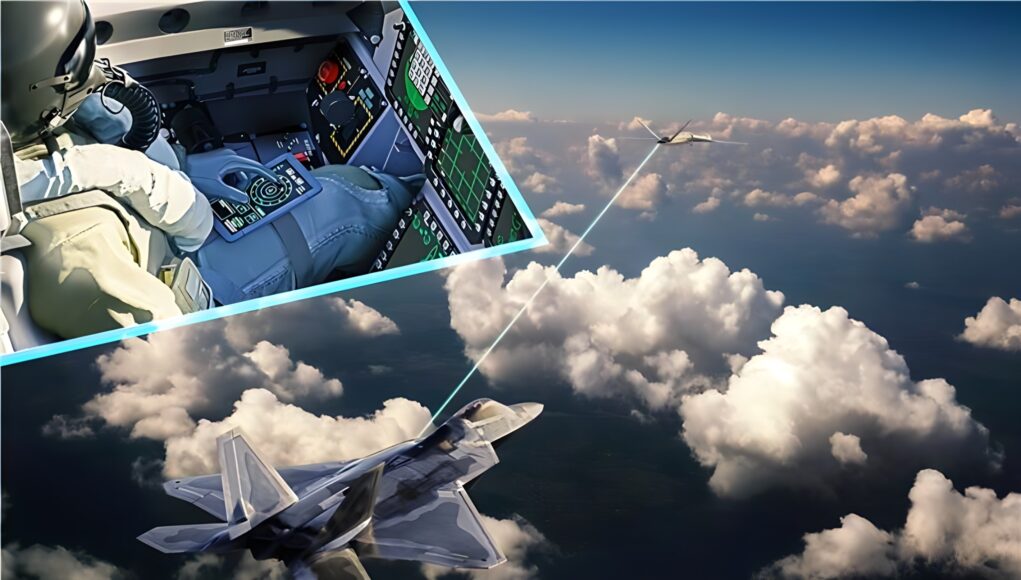
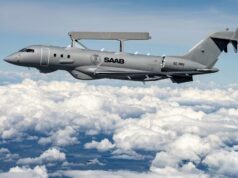
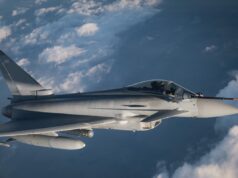
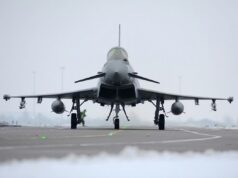
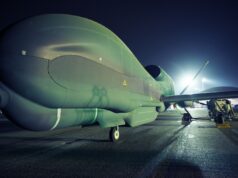

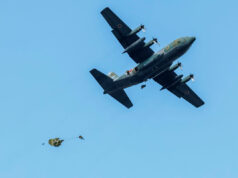


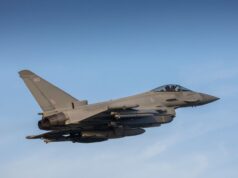


The cognitive load on the pilot must be a significant issue here surely? In benign flight conditions, they may be able to offer a good percent of their attention to directing the drone, but in more challenging conditions they are likely to really struggle I’d imagine. Which makes me wonder just how useful this facility would really be in a peer-peer conflict where the pilot has a lot going on around them.
Obviously comms is a limiting factor, but i wonder whether ultimately they will either need to be far more autonomous than we expect, or control will need to stay with people who have the luxury of time and attention to direct it, ie not while sitting alone in a fast jet in a complex wartime air environment.
I think you have hit the nail on the head with that.
The issue is how to reduce that loading.
The funny thing is that it might mean that;
– twin seat fighters make a comeback; or
– drones are as you say virtually autonomous; or
– drones are controlled from P8 or E7 type platforms
Where did we put the twin seat Typhoon T1’s again…..must be somewhere?
I think they’re all at Coningsby now (2 were in the 29 squadron hangar when I visited) but are hardly ever used for training as anything requiring that level of supervision will be done on the simulators.
Some of the Tempest podcasts etc. mentioned that the pilot will pretty much be doing the job of a WSO in combat, with the actual flying being done by the aircraft. No AI back seater but more AI chauffeur for the aircraft operator.
I’m amazed they still exist in flysble condition TBH!